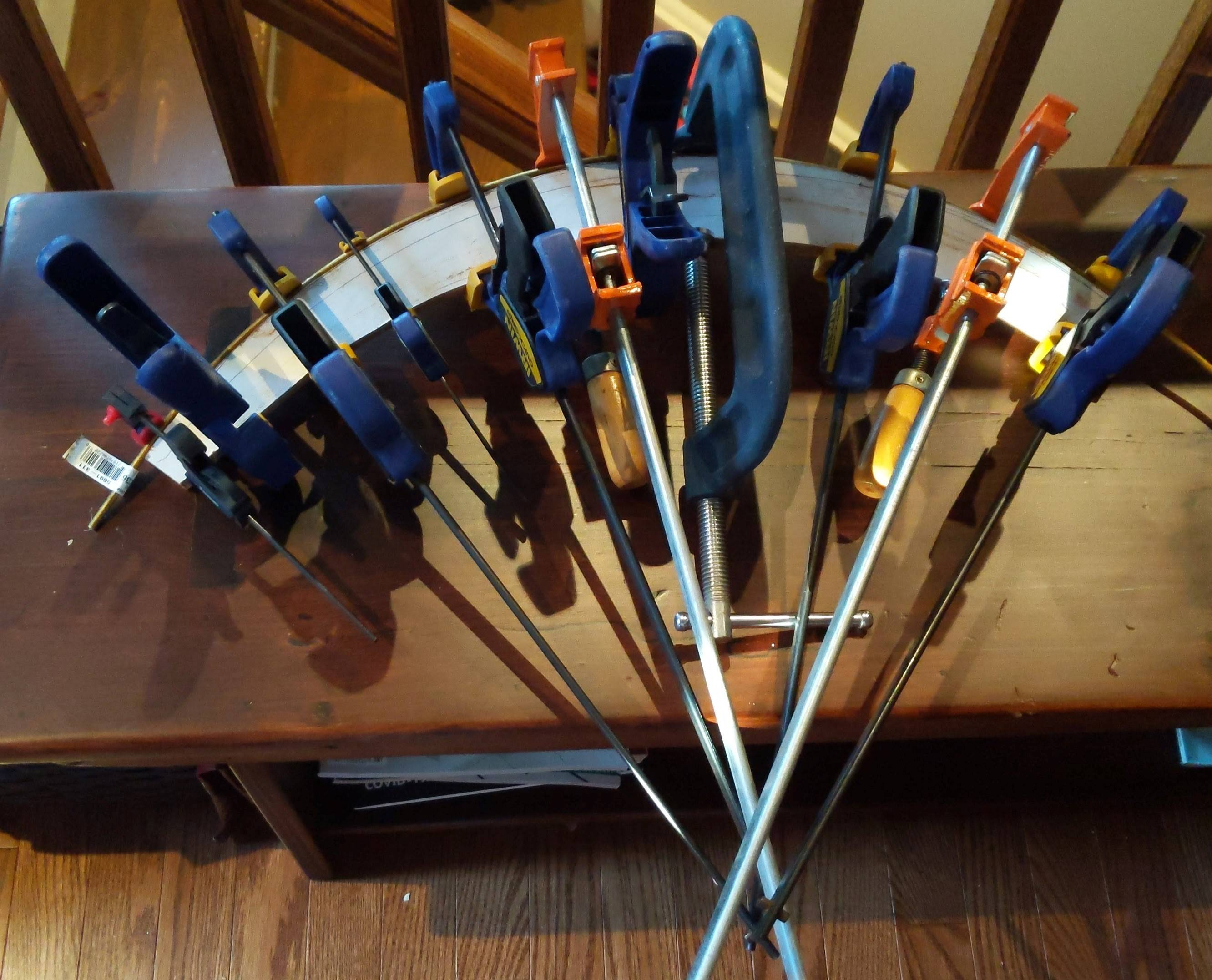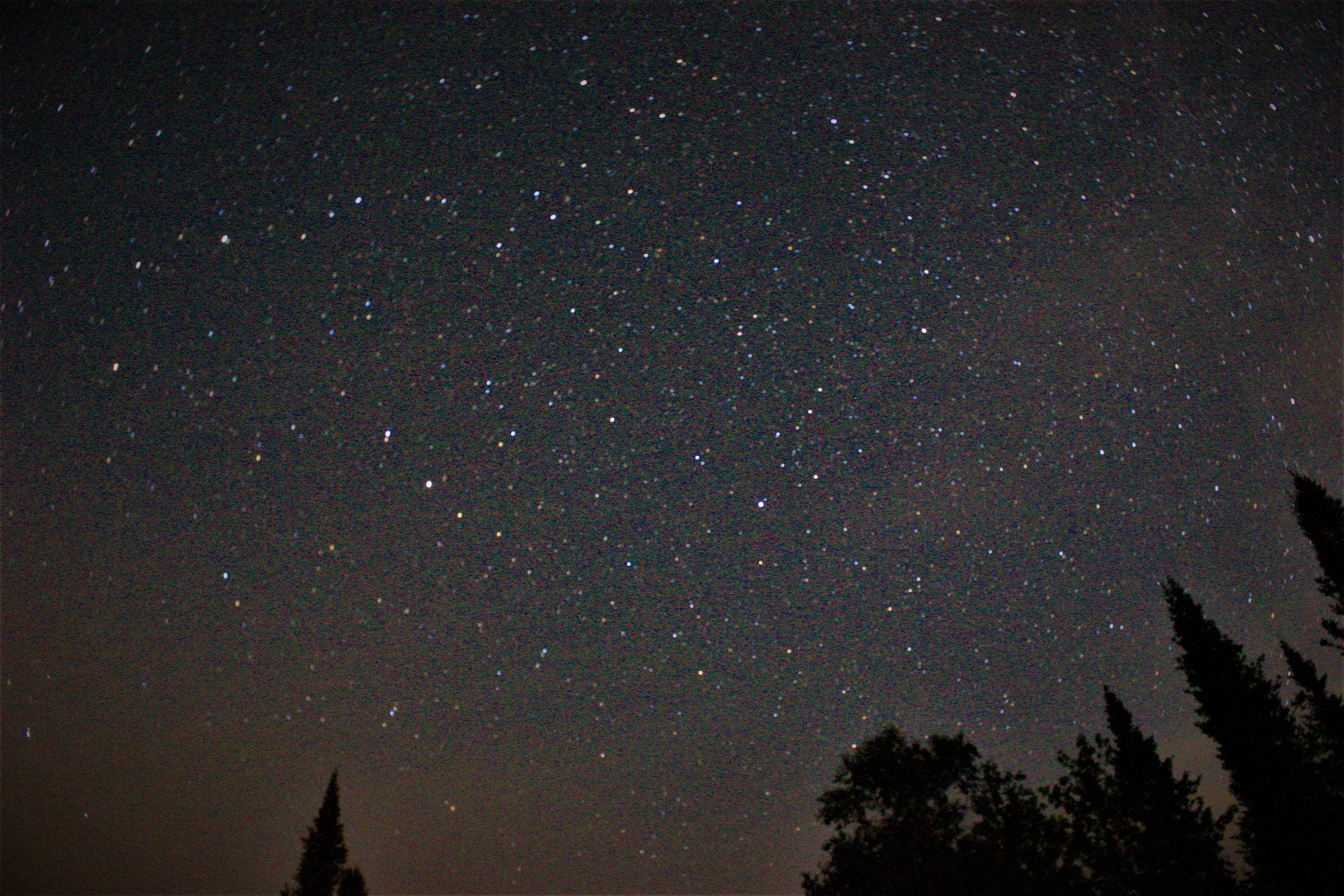Pursuing my interest in atrosphotography, I decided that I would benefit from having a star tracking system. Seeing the prohibitive costs of commercial options, I designed and built a barn door tracker: a simplified star tracker that, when aligned with the celestial pole, precisely coutneracts the earth rotation to make stars appear stationary in the frame of the camera mounted to it. This project used a recycled car window motor to power two 3D printed gears in order to spin a nut along a curved threaded rod. Together, this rotates the camera at a precise speed. The motor is powered off of a laptop’s 5V usb line through an LM317 linear voltage regulator controlled by a 10kΩ potentiometer. This system allowed me to adjust the power and speed of the motor based on the load applied, and to account for any motor degradation over time. Hover over images to learn more!

This adjustable LM317 linear voltage regulator circuit can fine tune the motor speed. I attached a large scavenged heat sink to the regulator using leftover thermal adhesive and glue.

I created this clamping rig to bend the threaded rod to make the plates move at a constant angular velocity, whcih is more correct than a straight rod whose angular velocity would change as it moves relative to the plates, which intoroduces tangent error.
The full barn door tracker, assembled and mounted on a tripod!

My first long-exposure photo taken with the barn door tracker: 2 minute exposure at f/1.8, ISO 3200. No significant star trails appeared in the image, and many more are to come!